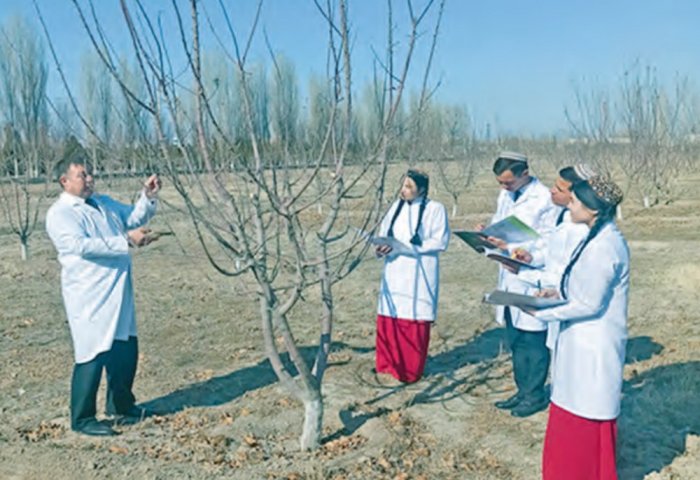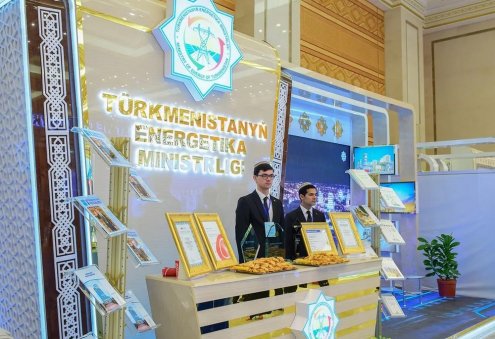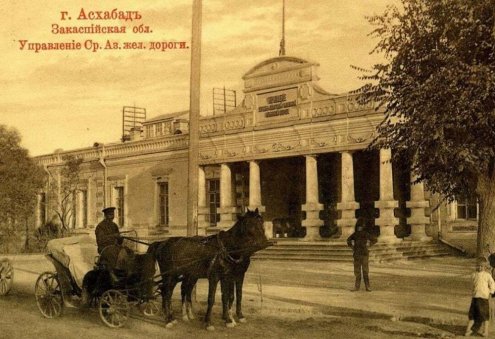Regular pest and weed control measures are essential to ensure abundant and high-quality fruit tree yields. Failure to implement these measures in a timely manner can result in an average loss of 35-40 percent of the harvest and a decrease in production quality.
Annual agronomic and mechanical measures are necessary to obtain quality yields from fruit trees. These measures include pruning, trimming, shaping the orchards, and thinning branches. It is crucial to perform these mechanical actions when the air temperature exceeds 5-6 degrees Celsius.
If fruit trees have not received adequate watering in December-January, irrigating them at least once in February is crucial, ensuring a calculation of 2 thousand cubic meters of water per hectare. The watering process should extend over 3-4 days to thoroughly saturate the roots of the trees to a depth of 2 meters. The correct implementation of winter watering reduces the need for watering during the growing season, requiring only two additional watering sessions.
Depending on the geographical location of fruit trees, shaping, pruning and thinning processes started in January and continued in February. Common tree species like apple, pear, quince, apricot, cherry and plum trees are formed in layers, while peach trees are formed as bushes (with different apical branches).
When fruit trees enter the fruit-bearing stage, pruning spans 8-10 years, depending on the specific species. During pruning, the focus is on removing young branches that create shade, shortening long branches that grow independently, and regenerating branches that will become fruit-bearing. In addition, pruning involves thinning branches in strongly branching species and fruiting trees.
Once the shaping, thinning and pruning of stone fruits is finished, the attention shifts to their care. This care specifically targets apricot, plum, sweet cherry, and peach trees. Towards the end of February or the beginning of March, the trunks of these fruit trees are treated with a lime solution. This process involves mixing 2 kilograms of lime and 1.5 kilograms of clay with 10 litres of water to prepare a solution. The solution is then applied to lime the posts of the trees in the garden.
After pruning and shaping of fruit trees, at an air temperature of 5 degrees Celsius, fruit trees should be sprayed twice (with an interval of 10-12 days) with 3% Bordeaux liquid or 5% sulphuric lime solution against leaf pests of vineyard pox and moniliasis disease.
The timely and high-quality implementation of such measures is the primary assurance for achieving a bountiful harvest in the gardens.
Hekim Yusupov,
Lecturer at the Turkmen State University of Agriculture
Bereketli Toprak Newspaper; December 20, 2023 Edition









30635-90x604.jpg)




30625-90x604.jpeg)
_(1)30624-90x604.jpg)


